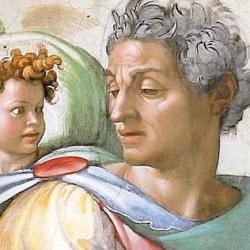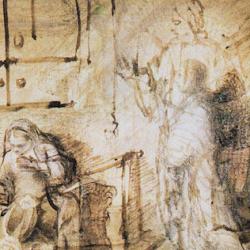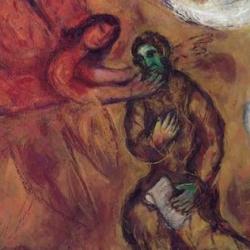As I noted in a post a year and a half ago, Isaiah and the Rabshakeh stand in the same place, “by the conduit of the upper pool on the highway of the fuller’s field” (Isaiah 7:3; 36:2). The phrase resonates with promises of protection and blessing: “Pool” is berekah , a pun on the word for “blessing,” and “upper” is elyon , as in el elyon , God Most High.
What is the import of this parallel? Mainly, it sorts out the characters. Isaiah and the Rabshakeh stand in the same place, and the Rabshakeh actually says much the same thing that Isaiah has been saying about Assyria and the folly of relying on Egypt. At the same time, the parallel scenes highlight parallels between Ahaz, whom Isaiah confronts at the conduit of the upper pool, and Hezekiah, who sends a delegation to meet with the Rabshakeh in the same location.
The two prophets (Isaiah and the Rabshakeh) are linked; so are the two kings, and their situations, in that both are threatened by Gentile powers. Isaiah promises that the kings who threaten Ahaz will be removed, and offers a sign; Rabshakeh warns that Jerusalem is doomed, but in the following chapter Isaiah reappears and offers a sign (37:30). The main point regarding the kings is one of contrast: Ahaz refuses the sign and doesn’t trust Yahweh or His prophet. Hezekiah turns to Yahweh in the midst of the siege and is delivered.










